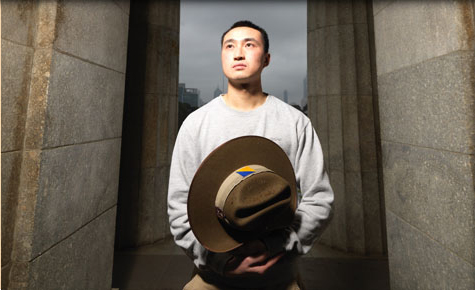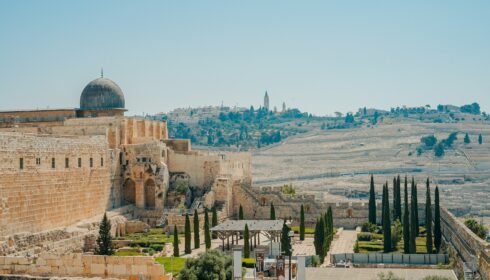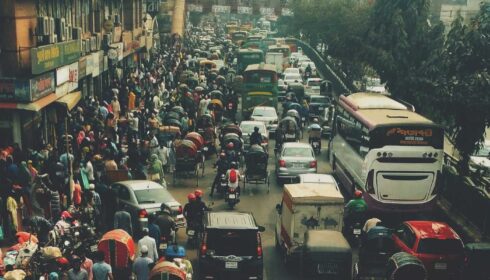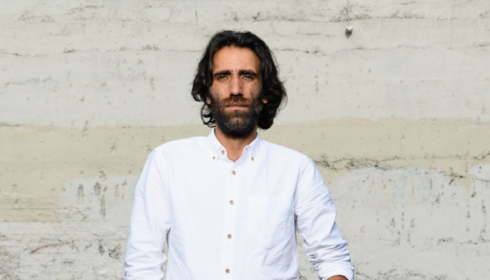
Vietnamese in Australia | Immigration Museum
Recognising one’s cultural heritage and discovering the contemporary Vietnamese identity are the two focal points of Vietnamese in Australia, an exhibition currently on display at The Immigration Museum in Melbourne.
Through a series of photographs, publications and a short documentary, this exhibition traces the complexity of the Vietnamese identity across various generations. In particular, it charts the changing and conflicting identities among Vietnamese refugees and Vietnamese-born Australians from the end of the Vietnam War – the fall of Saigon in 1975 – up until today.
For the Vietnamese community in Australia, finding their identity has been, and still is, a journey. The 2003 study and printed publication Voices of Vietnamese Women is featured within the exhibition, highlighting this sentiment. It explores the perspectives of Vietnamese women aged 15–30 years old, and their experiences living in Australia through a series of interviews and surveys.
Some of these women resent being objectified as exotic “China dolls” or told to “shut up” when they speak and acknowledge the racism that they face in Australia. They mention feeling “same but different” to other Australians, and feel an “enormous emotional freedom” in the instances where they forge solid friendships in Australia – which can be challenging due to linguistic barriers.
The confidence that comes with expressing one’s own voice and skills is something that is achieved over time through hard work for many Vietnamese refugees.
A gallery of posters in the exhibition features anecdotes from across generations of Vietnamese Australians. Some outline the anecdotal experiences of the ‘1.5 Generation’ – namely Vietnamese refugees who arrived in Australia when they were young and feel at ease absorbing Australian culture, despite not having been born here. These Vietnamese Australians feel both a sense of in-betweenness and a sense of belonging with their country of birth as they integrate into Australian life.
The confidence that comes with expressing one’s own voice and skills is something that is achieved over time through hard work for many Vietnamese refugees. The posters within the exhibition also feature stories of those who arrived in the 1980s, determinedly establishing restaurants in the then-dead Footscray in Victoria to make a living. Today, they are proud of this thriving suburb and their successful personal ventures.
In addition, the presence of Vietnamese media and community hubs such as SBS Radio and the not-for-profit Vietnamese Community Australia–VIC cultural group also encourage this community to express their voices today.
Traditional customs still pervade many Vietnamese Australians’ lives, giving them a sense of purpose – both within their family and the wider community. Although settled in Australia, Vietnamese Australians are keen to maintain ties to their heritage and abide by traditional customs.
The posters further detail how some keep their faith by visiting Buddhist temples, celebrate the Lunar New Year each year, and attend Vietnamese language classes each week. Long To, director of a language school in Kensington, makes the point that these activities not only preserve Vietnamese culture but also “enrich Australia’s multicultural society”.
The exhibition also emphasises the fact that many Vietnamese Australians hope for a better future in Vietnam. Photographic portraits depict young Vietnamese Australians and their thoughts on Communist Vietnam; Di Tran dreams the people in her motherland “will have a chance to rebuild their country” and Giang Nguyen hopes they will one day “be able to say what they think without fear of persecution”.
Consequently, Vietnamese Australians share a strong emotional connection with their motherland, seeing themselves as part of an extended cultural community albeit across waters.
Notably, the exhibition paints a positive picture of the Vietnamese diaspora in Australia. Arguably, it lacks an emphasis on the challenges that today’s Vietnamese asylum seekers face as they attempt to settle into Australia – their time in local detention centres might be harsher than one thinks. While a number of Vietnamese lead comfortable lives in Australia, it is important to remember that there also some who may be less fortunate in the present day.
But there is no denying the Vietnamese community generally feels at ease in Australia today. In the documentary Vietnamese in Australia: 40 Years Of Settlement, one elderly Vietnamese refugee who came to Australia by boat in 1982 encourages his children to “serve Australia first because they get many things from Australia”. Today, many Vietnamese in Australia are genuinely grateful to Australia for giving them the opportunity to build their lives and are undoubtedly proud to call Australia home.
Overall, Vietnamese in Australia is an exhibition that highlights the many achievements of the Vietnamese diaspora in Australia. It is a display that emphatically brings to light this community’s desire to belong in Australia and draws attention to how their complex identities are part and parcel of the country’s multicultural fabric today.
Vietnamese in Australia is showing at the Immigration Museum until 30 June 2016. Click here for more information.



